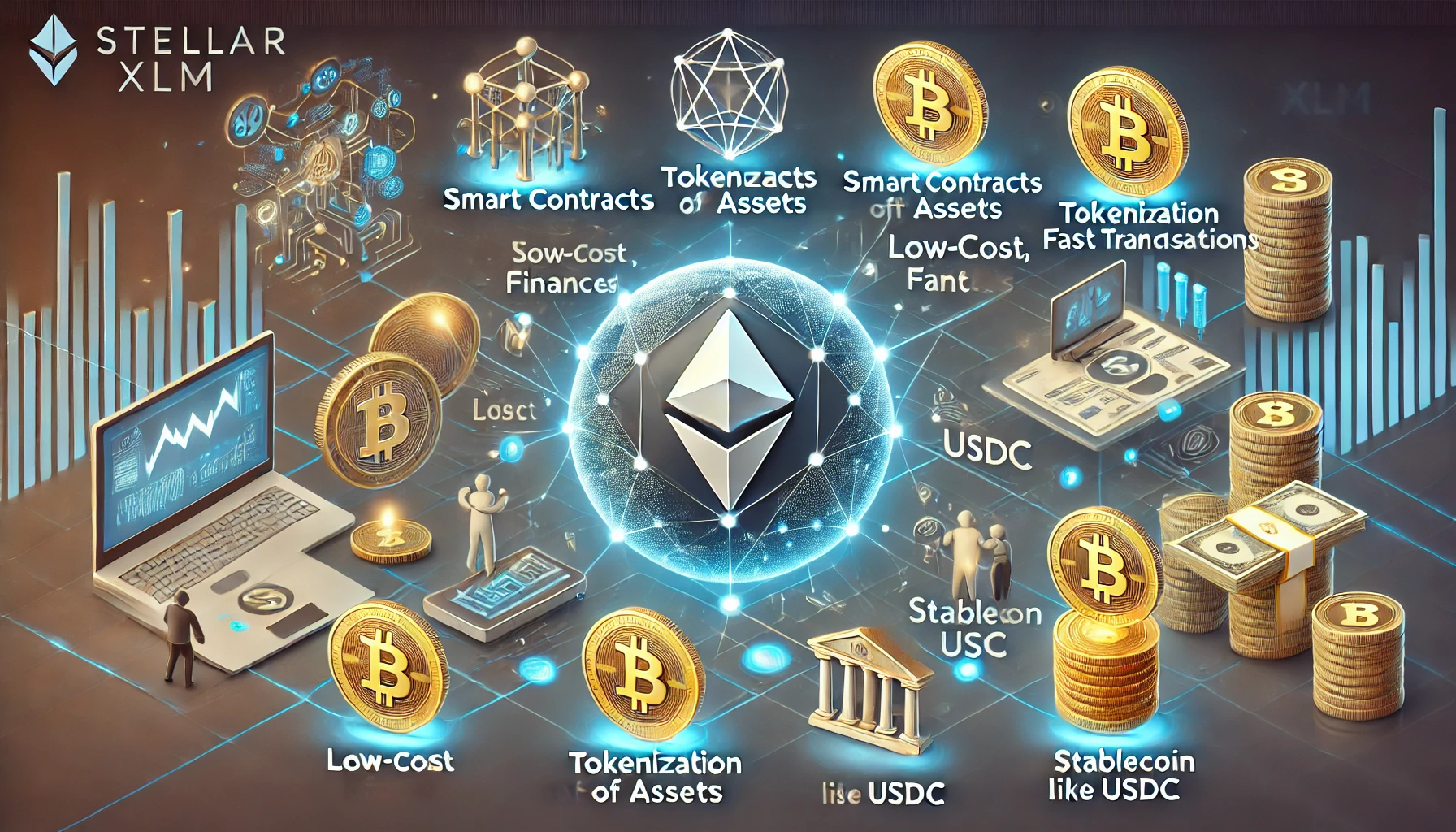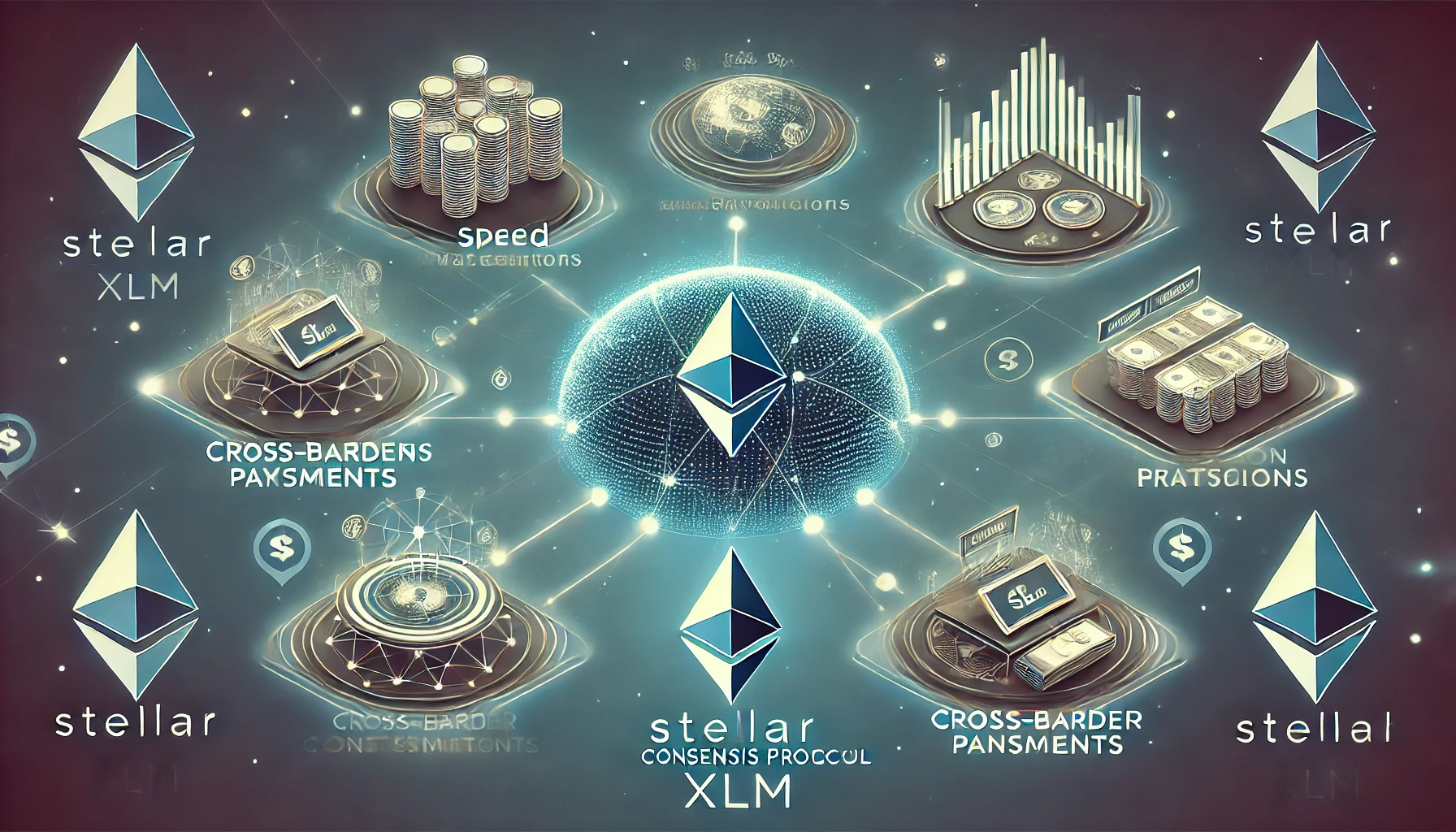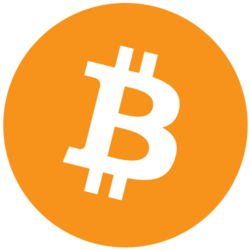Stellar (XLM) is a decentralized blockchain platform that facilitates secure, fast, and affordable cross-border payments. Established in 2014, it aims to revolutionize the way money moves across borders, providing a more efficient alternative to traditional financial systems. In this article, we’ll explain what XLM is, how it works, and its key use cases. With growing partnerships and its energy-efficient protocol, Stellar is positioning itself as a transformative force in the global payments landscape.
- What Is Stellar?
- How Stellar XLM Works
- Key Features of Stellar (XLM)
- Use Cases for Stellar
- Challenges and the Future of Stellar
- Conclusion
- FAQs
- 1. What is Stellar (XLM)?
- 2. How does Stellar differ from other blockchain networks?
- 3. What is the role of Lumen (XLM) in the Stellar network?
- Glossary of Key Terms
- References
What Is Stellar?
Stellar is a decentralized, open-source network that enables instant and low-cost transactions across borders. Unlike traditional financial systems, which can take days and incur high fees, Stellar aims to make cross-border payments accessible, affordable, and efficient.

The Stellar network connects individuals, banks, and payment systems, enabling the transfer of fiat currencies (like USD and EUR) and cryptocurrencies (such as Bitcoin). Stellar uses a unique consensus mechanism known as the Stellar Consensus Protocol (SCP), which allows it to process transactions in seconds at minimal cost. This makes Stellar an attractive option for global remittances, as users can send money quickly and cheaply.
“The network’s ability to provide low-cost, near-instant transactions positions it as an ideal solution for global payments,” says the Stellar Development Foundation (SDF).
How Stellar XLM Works
The core of Stellar’s functionality lies in its consensus mechanism—SCP. Instead of relying on proof of work (PoW) or proof of stake (PoS), SCP operates through a process known as proof of agreement. This makes Stellar more energy-efficient and cost-effective than other blockchains.
Validators in the Stellar network work together to ensure transactions are validated and added to the blockchain. These validators use the SCP algorithm to achieve consensus, confirming that the transactions are legitimate and updating the ledger accordingly. This process typically takes around five seconds, which makes it incredibly fast.

Stellar’s decentralized nature allows anyone to participate by setting up a validator node. However, the network’s operations are largely overseen by the Stellar Development Foundation (SDF), a non-profit organization that supports Stellar’s growth, engages with regulators, and funds network development.
Key Features of Stellar (XLM)
Stellar XLM has a number of features that set it apart from other blockchain networks, including:
- Lumen (XLM): The network’s native token, XLM, is used for transaction fees and maintaining network efficiency. XLM is not mined but was initially issued with a total supply of 100 billion. The Stellar Development Foundation holds a portion of the supply to support network growth.
- Interoperability: Stellar connects different financial systems, facilitating smooth transfers between traditional and digital assets. The network supports the issuance of stablecoins, like USDC, to ensure price stability during transactions.
- Low-Cost Transactions: Stellar transactions cost a fraction of a cent, making it a highly attractive solution for remittances and cross-border payments. This is significantly cheaper than traditional wire transfers, which can charge fees as high as $75.
- Smart Contracts: Stellar recently integrated full-featured smart contracts, enhancing its ability to support decentralized finance (DeFi) applications. These contracts allow developers to create applications that automate processes like lending, borrowing, and staking.
Use Cases for Stellar
Stellar’s primary use case revolves around cross-border payments, but it also supports asset tokenization and decentralized finance (DeFi) applications.
- Cross-Border Payments: Stellar’s speed and low fees make it ideal for sending money across borders. With partners like MoneyGram and Circle, Stellar has bridged the gap between digital assets and traditional finance, enabling users to send funds almost instantly.
- Asset Tokenization: Stellar allows users to tokenize real-world assets, such as fiat currencies, commodities, and stocks. This enables businesses to easily issue digital assets on the blockchain, which can be traded or used for various financial applications.
- Decentralized Finance (DeFi): Stellar’s robust infrastructure supports the development of DeFi applications. Developers can use tools like Soroban, a smart contract platform, to build applications that integrate with the Stellar network. This includes applications for lending, borrowing, and asset management.
Challenges and the Future of Stellar
While Stellar has made significant strides, it faces challenges that may hinder its mass adoption. These include competition from networks like Ripple and Ethereum, slower adoption by traditional financial institutions, and concerns over the centralized control of the XLM supply. The Stellar Development Foundation controls a large portion of XLM, which has led to some concerns about centralization.
Despite these challenges, Stellar’s focus on financial inclusion and its commitment to offering low-cost, fast, and secure cross-border payments make it a promising candidate for mass adoption. Its partnerships with major players like MoneyGram and Circle, along with its efficient and compliant design, make it a strong contender in the evolving blockchain space.
Conclusion
Stellar (XLM) offers a powerful solution for cross-border payments, asset tokenization, and decentralized finance. Its unique consensus mechanism, low fees, and focus on financial inclusion make it an attractive option for individuals and institutions alike. While there are challenges to overcome, Stellar’s potential to transform the global financial system is undeniable. As it continues to innovate and expand, Stellar could play a key role in shaping the future of global payments. Keep following Deythere for latest crypto updates.
FAQs
1. What is Stellar (XLM)?
Stellar is a decentralized blockchain network designed for fast, secure, and low-cost cross-border payments. It allows users to transfer fiat currencies and cryptocurrencies globally with minimal fees.
2. How does Stellar differ from other blockchain networks?
Stellar uses the Stellar Consensus Protocol (SCP), which is more energy-efficient and cost-effective than traditional consensus mechanisms like Proof of Work (PoW) or Proof of Stake (PoS). It focuses on financial inclusion and global payments.
3. What is the role of Lumen (XLM) in the Stellar network?
Lumen (XLM) is the native token of the Stellar network. It is used for transaction fees and helps maintain the network’s efficiency. XLM also plays a key role in asset tokenization and supporting DeFi applications.
Glossary of Key Terms
- Consensus Mechanism: The process by which a blockchain network achieves agreement on the validity of transactions.
- Lumen (XLM): The native cryptocurrency of the Stellar network.
- Stablecoin: A cryptocurrency designed to have a stable value, often pegged to a fiat currency like the US dollar.



















































































































